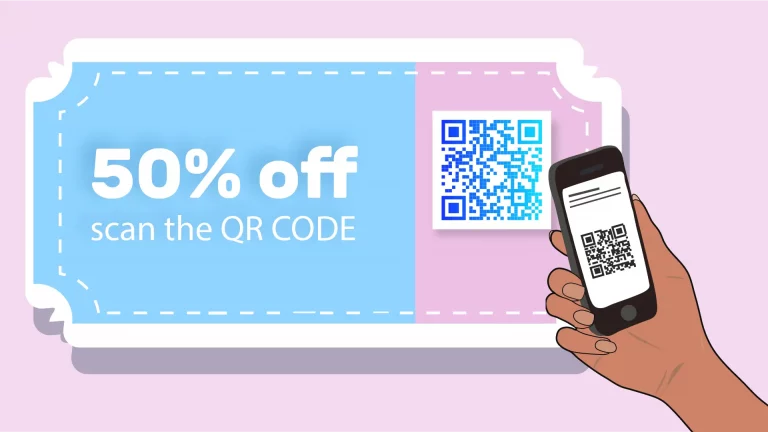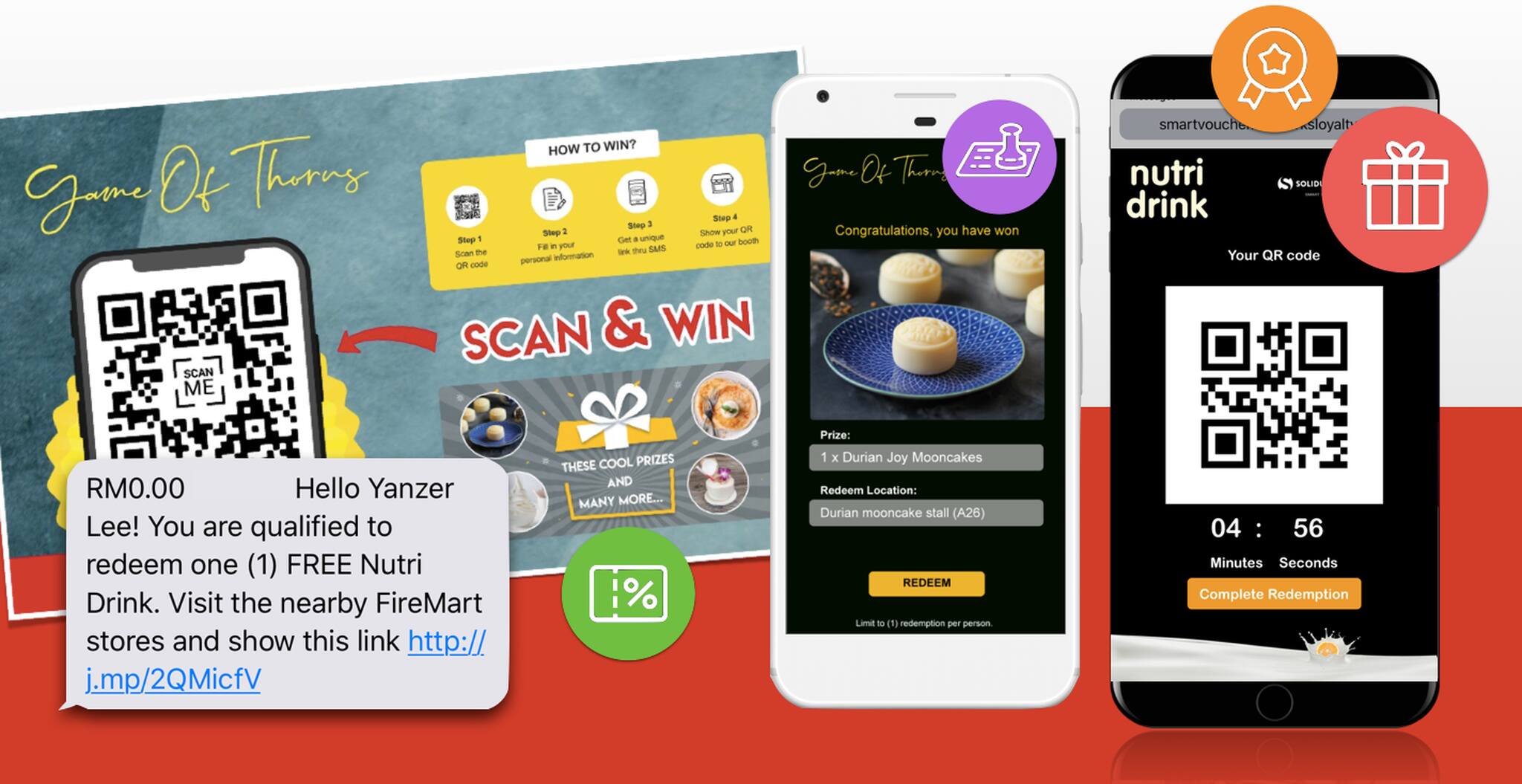Boost Client Retention With a Powerful Loyalty System
In today's affordable industry, boosting customer retention is not merely beneficial however crucial for continual growth. A well-designed loyalty system serves as an essential device in this undertaking, cultivating purposeful partnerships in between organizations and their customers. By understanding the fundamental components of effective loyalty programs, organizations can tailor their strategies to meet diverse customer demands. Loyalty System. The nuances of application and the measurement of success can be complex. What specific aspects can genuinely change a typical commitment effort into a strong affordable benefit? Checking out these questions might expose essential insights for your organization.
Significance of Consumer Retention
Client retention is a cornerstone of lasting business success. It mirrors the capability of a company to maintain its clients pleased and engaged with time, causing repeat acquisitions and long-lasting profitability. Maintaining existing customers is usually much more cost-efficient than obtaining brand-new ones, as it decreases advertising expenses and promotes a dedicated client base that supports for the brand.

Furthermore, high client retention prices can improve a company's online reputation in the marketplace, drawing in new consumers with positive word-of-mouth and recommendations. Companies that focus on client retention are also much better positioned to collect important feedback, allowing them to refine their offerings and address possible issues proactively. Inevitably, effective consumer retention techniques develop a strong structure for growth, permitting companies to grow in an increasingly affordable landscape.
Key Parts of Commitment Programs
A well-designed commitment program acts as an effective tool for improving consumer retention by offering rewards that urge repeat company. To attain this, several crucial components need to be included into the program.
First, a clear framework for incentives is important. Customers must conveniently understand exactly how to gain points or rewards, which can be based upon purchase frequency, investing degrees, or specific actions like recommendations. This openness cultivates count on and inspires involvement.
2nd, personalization plays a crucial function. Customizing incentives and interaction to individual preferences enhances client contentment and strengthens relationships. By leveraging data analytics, businesses can provide targeted promotions that resonate with clients' rate of interests.
Third, simplicity of usage is essential. A smooth sign-up procedure and an instinctive user interface for tracking rewards can substantially enhance client experience. If clients discover it difficult to browse the program, they may disengage.
Last but not least, normal interaction and updates regarding the program keep it top-of-mind for clients. Informing them of new rewards, unique deals, or program adjustments helps maintain passion and involvement.
Including these elements efficiently can result in a more effective commitment program that substantially improves consumer retention.
Kinds Of Loyalty Solutions
Exploring various types of commitment systems discloses unique approaches that businesses can adopt to cultivate client retention. One common kind is the points-based system, where clients earn factors for each purchase, which can later on be redeemed for rewards. This simple approach incentivizes repeat acquisitions and keeps consumers engaged.

Cashback commitment programs, where consumers obtain a percent of their acquisitions back as cash or shop credit, are additionally popular. This version straight compensates spending, producing an instant incentive for customers to return.
Furthermore, subscription-based loyalty systems provide customers with unique advantages for a reoccuring charge. This method not only makes sure a constant income stream but additionally cultivates long-lasting relationships with customers that value ongoing rewards.
Last but not least, experiential loyalty programs concentrate on supplying special experiences, such as special events or tailored services, enhancing psychological connections and brand name loyalty. Each sort of commitment system provides one-of-a-kind benefits, allowing organizations to align their approaches with client preferences.
Finest Practices for Implementation
When applying a loyalty system, businesses must prioritize comprehending their customer base to customize the program effectively. Performing extensive research to determine consumer choices, motivations, and habits is important. This understanding will certainly lead the design of the commitment program, guaranteeing it resonates with the target audience.
Following, businesses must pick a suitable structure for the commitment program. Alternatives might include point-based systems, tiered rewards, or experiential motivations. Picking a model that aligns with client assumptions can boost engagement. Additionally, simplicity is important; customers ought to quickly understand just how to earn and redeem benefits.
Integration with existing systems is another best method. The loyalty program ought to perfectly get in touch with point-of-sale systems, mobile apps, and client connection administration (CRM) tools to give a natural experience. Reliable interaction is crucial. Services ought to on a regular basis advertise the loyalty program through various networks, making certain clients are mindful of the advantages.
Last but not least, collecting ongoing responses is necessary for constant improvement. Get customer input to adapt and refine the program to transforming preferences, inevitably fostering lasting loyalty and boosting client complete satisfaction.
Gauging Loyalty Program Success
Efficiently executing a commitment program lays the groundwork for determining its performance. To gauge success, services have to establish clear metrics that line up with their purposes. Key performance indications (KPIs), such as client retention rates, ordinary deal worth, and frequency of repeat acquisitions, provide important understandings right into program performance.
One more essential measure is the redemption rate, which suggests just how often clients utilize their benefits. A high redemption price often reflects a program's attractiveness and significance to clients. In addition, tracking consumer engagement through participation in reference exclusive promotions or events can expose patterns in commitment habits.
Consumer responses is additionally essential; surveys and focus groups can illuminate perceptions of the loyalty program, highlighting areas for improvement. Furthermore, evaluating customer lifetime worth (CLV) can aid evaluate the economic influence of commitment efforts.
Executing these measurement strategies permits organizations to analyze the program's performance continuously. This data-driven method enables informed choices for enhancing offerings, improving client experiences, and eventually fostering deeper consumer loyalty. By frequently evaluating these metrics, companies can guarantee their loyalty programs evolve in tandem with consumer expectations and market characteristics.

Verdict
In verdict, a well-structured loyalty program significantly improves client retention by cultivating solid links through visit personalized incentives and efficient interaction. Executing ideal techniques ensures that the program remains easy to use and appropriate, while constant comments assists in ongoing enhancements. Inevitably, an effective commitment system not just enhances consumer contentment yet additionally drives repeat acquisitions, developing a devoted client base that is vital for lasting organization success and sustained profitability.
Retaining existing consumers is usually extra cost-efficient than getting brand-new ones, as it decreases marketing expenses and cultivates a devoted client base that advocates for the brand.
In enhancement, high client retention rates can improve a firm's track record in the market, drawing in new consumers with positive word-of-mouth and references.When carrying out a loyalty system, organizations must focus on recognizing their client base to tailor the program properly. Companies should regularly advertise the loyalty program via different networks, making sure customers are mindful of the advantages.
Ultimately, an effective loyalty system not just increases consumer fulfillment but additionally drives repeat purchases, developing a loyal client base that is crucial for long-lasting business success and maintained profitability.